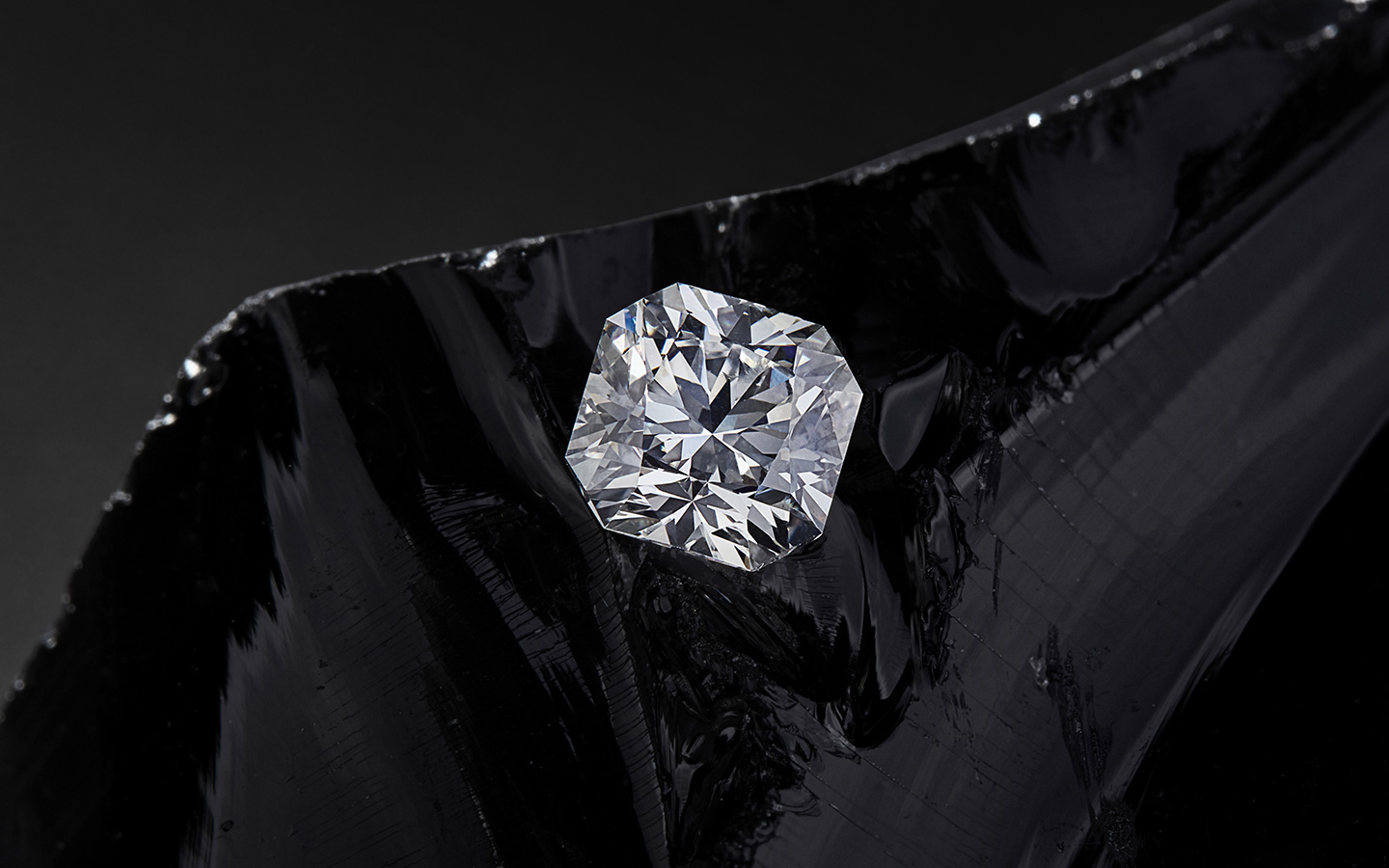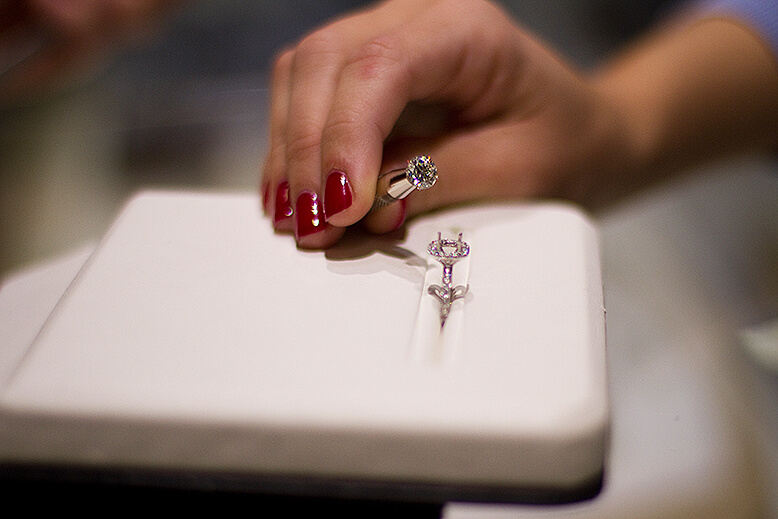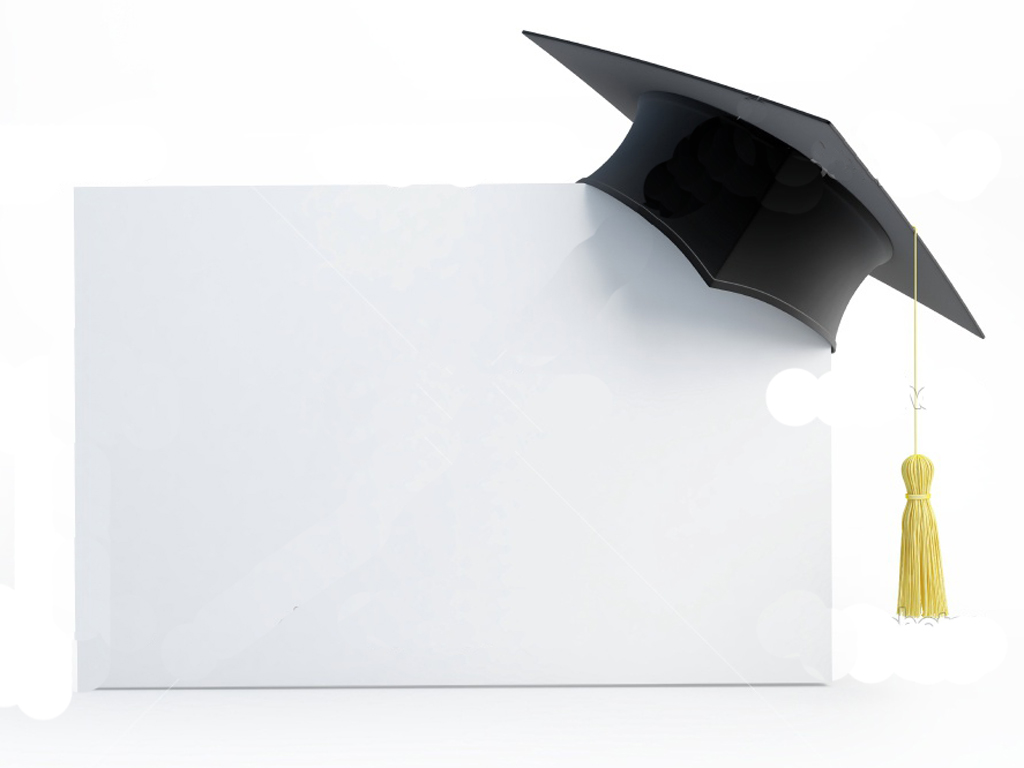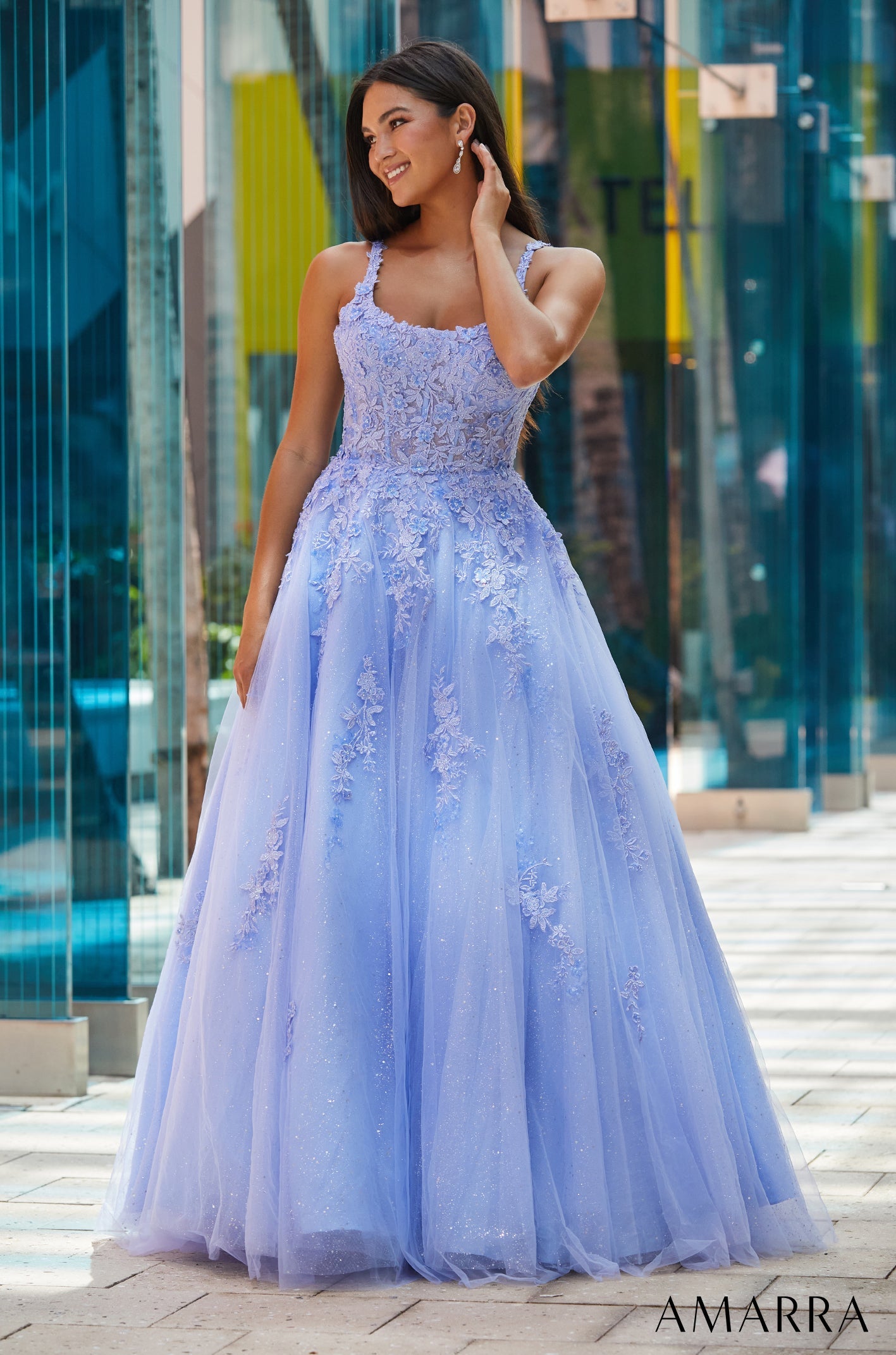Lab Diamond Ring Size Guide: Find Your Perfect Fit!
When it comes to choosing a lab diamond ring size guide, nailing the right size is crucial. Nobody wants to be stuck with a ring that doesn’t fit right—it’s like buying a pair of shoes two sizes too small. So, let’s dive into everything you need to know about lab diamond ring sizes. Whether you’re shopping for an engagement ring or a stunning piece of jewelry, this guide has got you covered!
Understanding Ring Sizes
What is a Ring Size?
Simply put, a ring size is a measurement of the circumference of your finger. Think of it like a key that fits a lock; if the key is the wrong size, it just won’t work. Ring sizes are measured in various systems around the world, with the most common being the US system, where sizes range from 3 to 13.
Why Does Size Matter?
Getting the right size matters for a few reasons. First off, comfort is key! A ring that’s too tight can cause discomfort and even pain, while one that’s too loose might slip off and get lost. Plus, when you’re wearing a beautiful lab diamond ring, you want to show it off, not hide it because it’s uncomfortable!
How to Measure Your Ring Size
Now, let’s get into the nitty-gritty of measuring your ring size. It’s easier than you might think!
Using a Measuring Tape
Grab a flexible measuring tape (the kind you use for sewing works great). Wrap it around the base of your finger, ensuring it’s snug but not too tight. Make a note of where the tape meets itself. That number in millimeters is your ring size.
Printable Ring Sizer
If you want something a bit more official, you can find a printable ring sizer online. Just print it out, cut along the lines, and follow the instructions. It’s like having a mini jewelry store at home!
The String Method
No measuring tape or printer? No problem! You can use a piece of string or dental floss. Wrap it around your finger, mark where it overlaps, and then measure that length against a ruler. This method is a quick fix and often yields good results.
Common Ring Size Conversions
US vs. UK Sizes
Did you know that ring sizes aren’t universal? In the US, a size 7 is standard, while in the UK, that would be a size N. If you’re shopping internationally, it’s essential to understand these differences.
Other International Sizes
Besides the US and UK, there are sizes like the EU, Japan, and more. Each uses a different measurement system, which can be a bit confusing. Always check a conversion chart if you’re uncertain!
Choosing the Right Size for Lab Diamond Rings
Considering the Ring Style
Different styles of rings may require different sizing. A delicate band might fit differently than a chunky one, even if both are technically the same size.
Classic vs. Modern Designs
Classic designs often have a more uniform width, while modern styles can be wider or even asymmetrical. When trying on or measuring for a modern ring, you might want to go up half a size.
Account for Width
The width of the band can affect how the ring feels. Wider bands often fit snugger than narrow ones, so keep that in mind. If you’re choosing a ring with a wider band, consider sizing up!
Seasonal Changes
Did you know that your fingers can swell due to heat or shrink in the cold? It’s true! If you’re trying to measure your size in the summer when it’s hot, you might want to go a size up. Conversely, in winter, you might need to size down a tad.
Resizing Lab Diamond Rings
When to Resize?
If your ring feels too tight or loose, it might be time to resize it. You can also look for signs like difficulty getting the ring off or it spinning around your finger too much.
How Resizing Works
Resizing a ring involves either adding or removing material. For lab lab grown diamonds, most jewelers can resize them without any issues, but always check if the stone’s setting can be adjusted.
Can I resize a lab diamond ring?
Absolutely! Most lab diamond rings can be resized just like natural diamond rings. Just make sure to go to a reputable jeweler.
What if I’m between sizes?
If you’re caught between sizes, it’s usually best to go with the larger size. You can always add sizing beads later for a better fit.
Conclusion
Choosing the right size for your lab diamond ring doesn’t have to be daunting. With a little measuring and some know-how, you can ensure that your beautiful new piece fits perfectly. Remember, comfort is key! And if you ever find yourself in doubt, don’t hesitate to consult a professional jeweler. Happy ring shopping!















